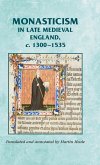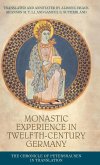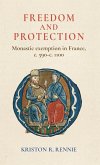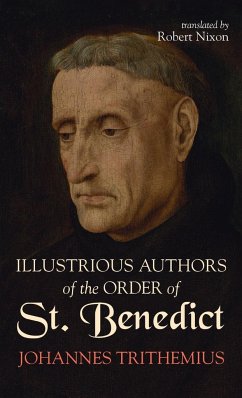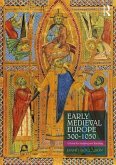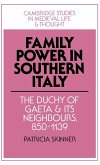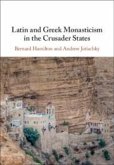The chronicle of Leo Marsicanus is the most detailed source for the history of southern Italy during the early Middle Ages. It was written between c. 1099 and 1103/5 as a history of the abbey of Montecassino from St. Benedict until the author's own time, ending with the construction and dedication of the new abbey church in 1071 and of other churches within the precinct. It tells a story of tribulation and renewal after the abbey's destruction at the hands first of the Lombards c. 580 and then at those of Arab raiders in 883, concluding with a discussion of its 'golden age' under Abbot Desiderius (1058-87). But it also gives a vivid account, written in a clear and engaging style, of the turbulent history of southern Italy from the eighth through to the later eleventh century. It describes the break-up of the duchy of Benevento and the Arab threat in the ninth century, the development of the Lombard principality of Capua and the arrival of the Ottonians in the tenth, and the conquest of the region by the Normans in the eleventh century. Furthermore, Montecassino under Desiderius was both a crucial ally of the papal reformers of the time and one of the most vibrant intellectual centres within Latin Christendom. This is therefore a vital primary source for all those interested in the history of Italy and of the Church in the early to central Middle Ages, and also in the art and architecture of the period.
Bitte wählen Sie Ihr Anliegen aus.
Rechnungen
Retourenschein anfordern
Bestellstatus
Storno


